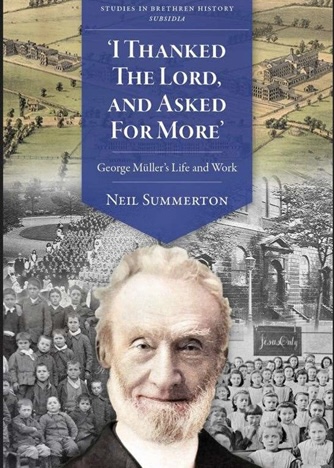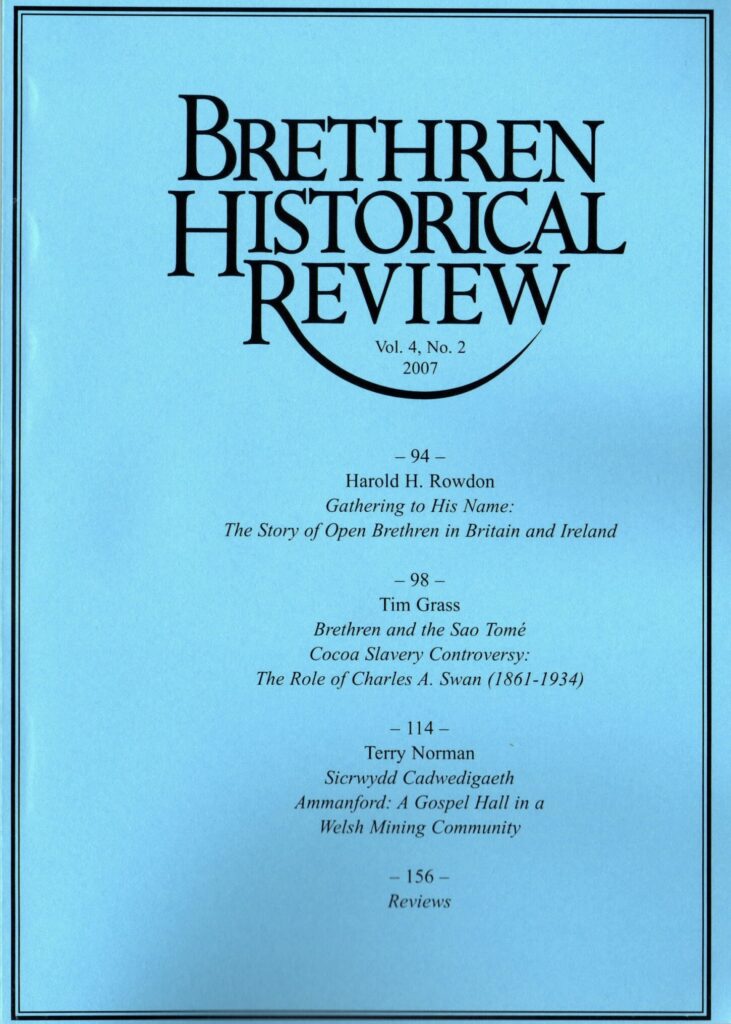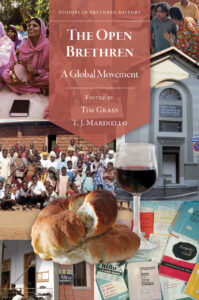Welcome to the BAHN website!
Promoting scholarly analysis and understanding of the Brethren movement.
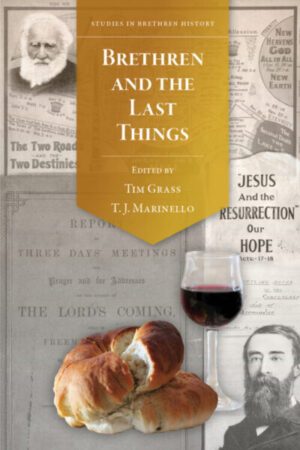
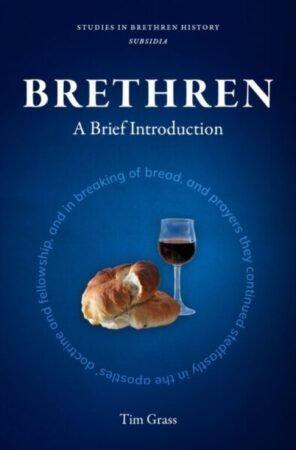
What is BAHN?
Research
BAHN aims to encourage research into Brethren history worldwide, to assist those in writing such history, and to promote greater understanding of the development of the movement.
Publication
BAHN aims to publish, and support the publication of, historical works on the Brethren, and to increase the awareness of them.
Resources
BAHN aims to support the development of archives of Christian Brethren material, the deposit of material in such archives, and to make their resources better known.
Networking
BAHN aims to connect those interested in Christian Brethren history through regular residential conferences and webinars.
Research
BAHN aims to encourage research into Brethren history worldwide, to assist those in writing such history, and to promote greater understanding of the development of the movement.
Publication
BAHN aims to publish, and support the publication of, historical works on the Brethren, and to increase the awareness of them.
Resources
BAHN aims to support the development of archives of Christian Brethren material, the deposit of material in such archives, and to make their resources better known.
Networking
BAHN aims to connect those interested in Christian Brethren history through regular residential conferences and webinars.
Upcoming Events
Resources
The Open Brethren: A Global Movement
The first of a planned series of online volumes exploring the history of national Brethren movements around the world. Most chapters are by national authors, and offers of further chapters are welcome. Click on the cover to begin reading! Or, for a PDF version, click here!

